David Unaipon was an aboriginal Australian who is famous for his inventions most prominently an improved mechanical sheep shearing hand tool. He applied for patents for as many as nineteen inventions and conceptualized the helicopter 22 years before it became a reality. Here are 10 interesting facts about the life and achievements of the man called the Australian Leonardo da Vinci.
#1 HE WAS AN NGARRINDJERI
Born on 28 September 1872 at the Point McLeay Mission, in the Coorong region of South Australia, David Unaipon was an Ngarrindjeri (‘the people who belong to this land’). Ngarrindjeri people are South Australian Aborigines who numbered around 6000 at the time of white settlement in 1836. David was the fourth of nine children of James and Nymbulda Ngunaitponi. James was the first person to convert to Christianity in his tribe.
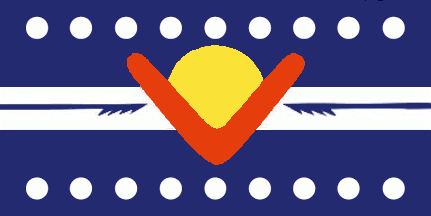
#2 HE WAS A PROMINENT MEMBER OF THE ABORIGINES’ FRIENDS’ ASSOCIATION
David Unaipon started attending school from the age of seven and was a bright student. In 1885, at the age of 13, he left school and became a servant of C.B. Young, an influential landholder in Adelaide. Young encouraged David’s academic interests. From 1890, Unaipon tried various professions before becoming a member of Aborigines’ Friends’ Association. He travelled widely to promote the cause of Aboriginal rights. In 1902, he married Katherine Carter, a Tangane woman.
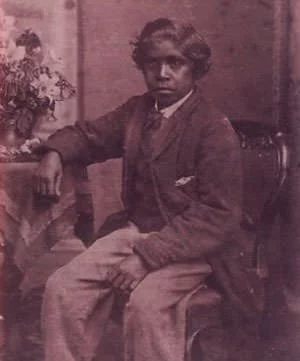
#3 UNAIPON IS FAMOUS FOR HIS INNOVATION TO THE SHEARING TOOL
As an inventor, one of David Unaipon’s goals was to achieve perpetual motion, a motion that continues indefinitely without external energy source, considered impossible. While conducting experiments to attain perpetual motion, Unaipon made a discovery which led to him inventing an improved mechanical hand tool for shearing sheep that converted curvilinear motion into the straight line movement. This forms the basis of modern mechanical shears.

#4 HE DIDN’T EARN MUCH FROM ANY OF HIS NUMEROUS INVENTIONS
In 1909, Unaipon patented his shearing tool. But despite his modification being adopted widely and making enormous sums for the industry in Australia, his interests were not protected and it was others who gained financially from his invention. The patent eventually lapsed and Unaipon made no money from it. In fact he was unable to gain financially from any of his inventions.

#5 HE MADE SIGNIFICANT CONTRIBUTIONS TO SCIENCE
Apart from modifications in the sheep shearing tool, David Unaipon made several other inventions including a motor run by centrifugal force, a multi-radial wheel and a mechanical propulsion device. In total, Unaipon applied for patents for as many as nineteen inventions but unfortunately they all lapsed. He was also a recognised authority on ballistics.
#6 He CONCEPTUALIZED THE HELICOPTER DECADES BEFORE IT BECAME A REALITY
David Unaipon made the basic design for a helicopter by 1914, 22 years before the first operational helicopter in 1936. He got the idea from how a boomerang moved through the air and applied that principle in his helicopter design. Due to this and his other scientific work including research into the polarization of light, David Unaipon became known as the Australian Leonardo da Vinci.
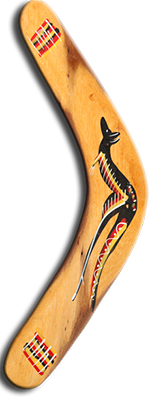
#7 He WAS THE FIRST PUBLISHED AUSTRALIAN ABORIGINAL WRITER
David Unaipon was the first Aboriginal writer to be published. He wrote several articles for the Sydney Daily Telegraph with the first being published in August 1924 under the heading ‘Aboriginals: Their Traditions and Customs’. He wrote numerous articles for several magazines and newspapers with his favorite subjects being the rights of Aborigines and traditional stories. He also published three short booklets of Aboriginal stories in 1927, 1928 and 1929.
#8 HIS LITERARY WORK WAS PLAGIARIZED
In 1920s, a Sydney publishing house, Angus and Robertson, commissioned Unaipon to compile a book on Aboriginal legends. The resulting book was credited to Scottish anthropologist William Ramsay Smith with no mention of Unaipon. It was in 1998 that it was found that the book was almost unaltered from Unaipon’s original manuscript and that he was paid just 150 pounds for his efforts. The book has now been republished in its original form under Unaipon’s name and is titled Legendary Tales of the Australian Aborigines.
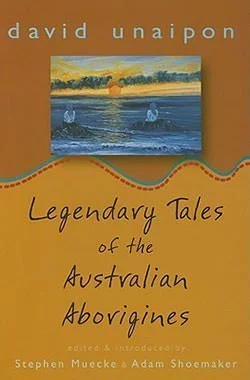
#9 HE FACED DISCRIMINATION AND WAS DENIED ACCOMMODATION DUE TO HIS RACE
Unaipon argued in favor of equal rights for black and white Australians and spread awareness about Aboriginal culture. Though he was a popular speaker, he was often denied accommodation and refreshment because of his race. He was also deeply religious and believed in an equivalence of traditional Aboriginal and Christian spirituality. According to him embracing Christianity was the simplest way of integrating indigenous and white society.
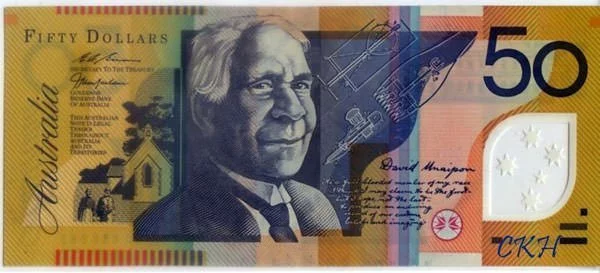
#10 IN 1995, His PICTURE WAS PUT ON AUSTRALIA’S $50 NOTE
In 1953, Unaipon was awarded a Coronation Medal. He died on 7 February 1967 at the age of ninety five. In 1985, he was posthumously awarded the FAW Patricia Weickhardt Award for Aboriginal writers. In 1988, the University of Queensland started the David Unaipon Award which is given annually to help Aboriginal writers to get their books published. In recognition to his contributions, David Unaipon features on Australian fifty dollar notes since 1995.

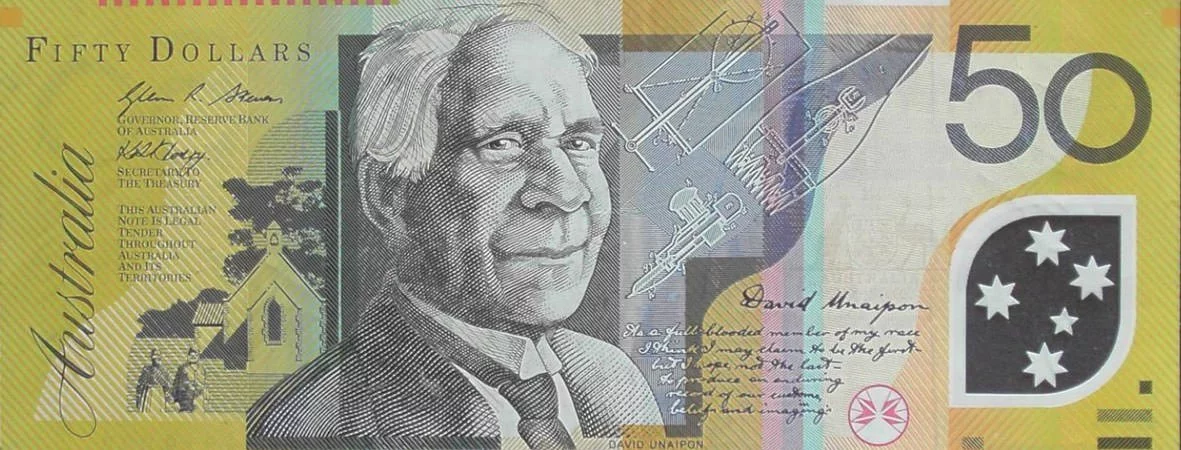
came across a reference to David Unaipon having made boomerangs and Jack Iggulden ,former president of the Gliding Federation of Australia making factory space available to him for it –that would have been in the 50s probably . It was mentioned in an obituary of Iggulden on line . Like to know if any more details are available. There was an Australian built sailplane -the ES60 Boomerang , flown quite a few hours in one .
Why have they removed David Unaipon inventions off the new fifty dollar note?
Because they want to be successful in life to.
great for my test!!!!!
I’m curious as to why you use the word ‘were’ in this line…..’the Ngarrindjeri people were South Australian Aborigines’……the Ngarrindjeri ARE still a proud nation of indigenous Australians whose people and culture are very much alive. It would be appropriate to cultural sensitivity and accuracy to change the word ‘were’ to ‘are’.
Thank you for what is otherwise a very informative article, I enjoyed reading it and finding out about the man who graces our $50 note.
Thanks for pointing out the error. It has been corrected. We are happy that you found the article informative.